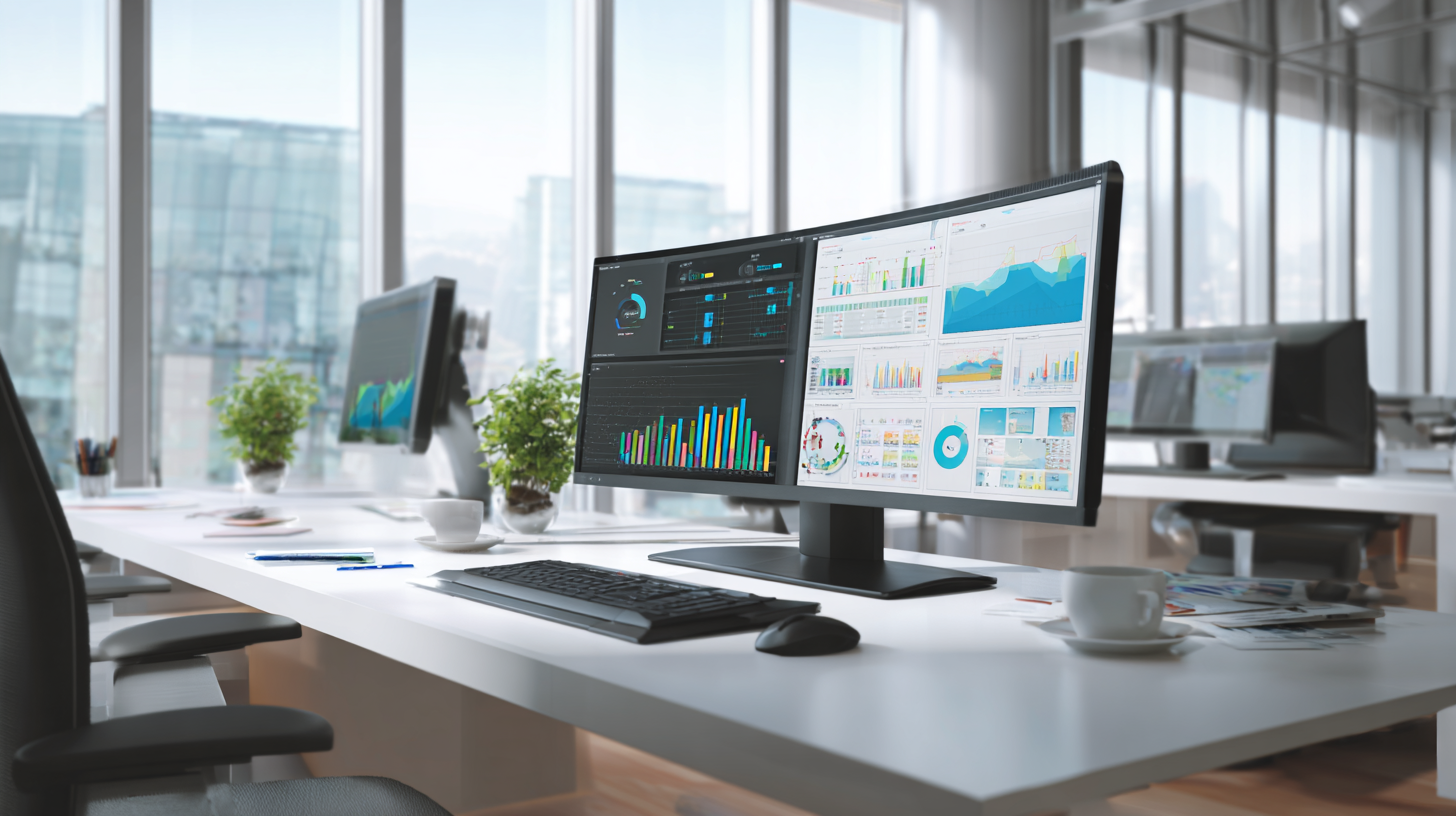Understanding the factors that influence Ppf Plotter Cost for your business is essential for making informed purchasing decisions. In the fast-evolving realm of printing technology, the cost of Ppf plotters, which can range significantly depending on specifications and brand, is a critical consideration. According to a report by Smithers Pira, the global digital print market is projected to reach $187 billion by 2024, indicating a growing demand for efficient plotting solutions that can affect costs. Furthermore, industry analysis from Zion Market Research estimates that the rise in the use of Ppf plotters in sectors like graphics, textiles, and packaging could lead to an average price increase of 5% annually. Understanding these dynamics can help businesses not only plan their budgets more effectively but also select the right Ppf plotter that balances cost with operational efficiency.

When evaluating the cost of PPF plotters for your business, understanding the key components that impact their prices is essential. One of the primary factors is the print head quality. High-end plotters typically use advanced print head technologies that provide better precision and durability, leading to higher costs. Additionally, the speed of the plotter plays a significant role; faster models that can handle larger volumes will generally come at a premium price, reflecting their efficiency and productivity benefits.
Another critical component influencing PPF plotter costs is the media compatibility and size. Plotters designed to handle a wider range of materials, such as thicker films or specialty substrates, tend to incur higher prices. Furthermore, operational features such as automated cutting, software integration, and user-friendly interfaces can also elevate the overall investment, as they enhance productivity and ease of use. Understanding these factors can help you make a more informed decision when selecting a PPF plotter that meets both your budget and business needs.
When considering the cost of a PPF plotter for your business, brand reputation emerges as a crucial factor. High-quality brands with well-established reputations tend to command higher prices, reflecting their commitment to excellence and reliability. According to a recent industry report by Smith and Associates, brands with a strong reputation for durability and performance can charge up to 30% more than lesser-known competitors. This premium often translates into better customer support and longer warranties, which can prove invaluable for businesses requiring consistent operation.
Tips: When evaluating PPF plotters, prioritize brands that have received positive reviews from industry experts and customers alike. This can save you money in the long run by minimizing potential downtime and maintenance costs.
Furthermore, established brands often invest significantly in research and development. This dedication not only ensures advanced technology in their products but also enhances efficiency, resulting in lower operational costs over time. A survey from Tech Insights found that businesses using reputable brands reported a 25% increase in productivity compared to their counterparts using generic or lesser-known models.
Tips: Consider reaching out to other businesses in your industry for recommendations on reputable brands. Networking can provide insights into the best choices for your specific needs.

The cost of PPF plotters is significantly affected by advancements in technology, which drive both pricing models and performance expectations in the industry. Recent industry reports indicate that cutting-edge features, such as automatic calibration and enhanced software integration, can increase plotter prices by up to 30%. These technological enhancements not only improve precision but also boost productivity, allowing businesses to handle more complex projects efficiently.

Furthermore, the adoption of eco-friendly materials and energy-efficient components is reshaping the pricing strategies of manufacturers. According to a study by Smith & Partners, nearly 40% of businesses are willing to pay a premium for sustainable technologies, indicating a shift in consumer values. This trend has led manufacturers to invest in R&D, often resulting in a higher initial cost but potential long-term savings due to lower operational costs. As technology continues to evolve, businesses must evaluate these factors to align their budget with the most beneficial plotter for their needs.
When investing in a Paint Protection Film (PPF) plotter for your business, it's essential to consider not only the initial purchase cost but also the additional operational expenses that can impact your bottom line. According to a recent industry report from Grand View Research, the global market for automotive PPF is expected to reach $2.75 billion by 2025, reflecting a growing demand in the sector. This demand translates into operational costs related to maintenance, materials, and training, which can add up significantly over time.
One crucial factor is the cost of consumables, such as films and adhesives. Industry analysis indicates that high-quality PPF materials can range from $2 to $3 per square foot, and improper application can lead to increased waste and rework costs. Additionally, technician training is vital; estimates suggest that well-trained professionals can improve efficiency, reducing labor costs by 20-30% in the long run.
Tips: To mitigate operational expenses, invest in high-quality PPF materials that enhance durability and reduce the likelihood of damage. Additionally, consider utilizing software and automation tools to streamline workflows, which can further decrease labor costs and improve output efficiency. Staying updated with industry trends and best practices is also essential to maximize your ROI on PPF plotters.
The pricing of Ppf plotters for businesses is significantly shaped by market trends that dictate supply and demand dynamics. As technology advances, new features and capabilities in Ppf plotters emerge, leading to an evolution in consumer expectations and preferences. Businesses must stay abreast of these changes to ensure their pricing strategies align with market demands. The introduction of more efficient models or those with integrated software can drive the costs higher, while older models may see a decline in their price point as consumers gravitate towards the latest offerings.
Moreover, economic factors play a pivotal role in influencing Ppf plotter pricing. During periods of economic growth, businesses may be more willing to invest in higher-quality, more expensive plotters, anticipating a return on investment in increased productivity. Conversely, in a downturned economy, budget constraints can lead businesses to prioritize cost-effective options. Understanding these market trends allows companies to develop pricing strategies that are competitive yet reflective of the value delivered, ensuring they meet customer needs while maintaining profitability.
This chart illustrates the average cost of PPF plotters and the factors influencing these costs over the past five years, highlighting market trends and pricing strategies.











